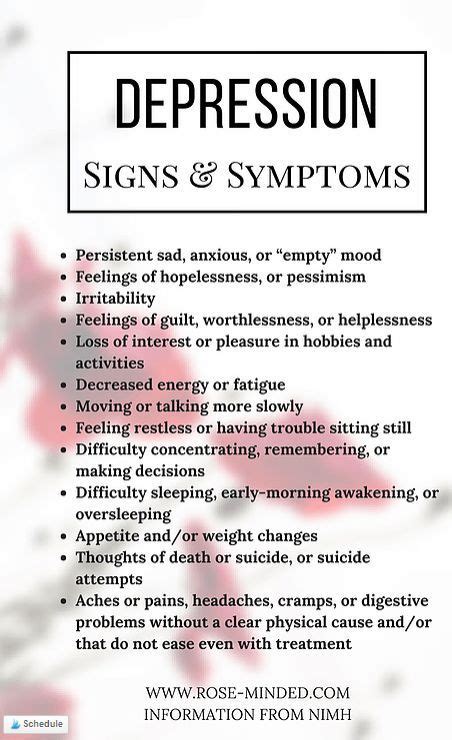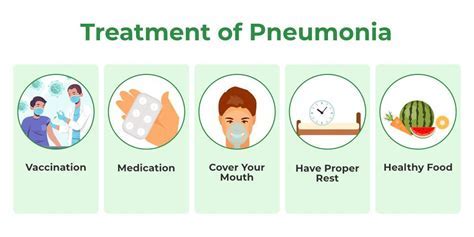Intro
Learn about Hands Feet And Mouth Disease symptoms, including fever, rash, and mouth sores, and discover its causes, treatment, and prevention methods for a speedy recovery.
Hand, foot, and mouth disease (HFMD) is a common viral illness that affects individuals of all ages, but it is most prevalent in children under the age of 10. The disease is characterized by the appearance of flat, discolored sores and rashes on the hands, feet, and mouth. In addition to these physical symptoms, HFMD can also cause a range of other symptoms, including fever, sore throat, and irritability. Understanding the symptoms of HFMD is crucial for early diagnosis and treatment, which can help alleviate the discomfort and prevent complications.
The symptoms of HFMD can vary in severity and duration, depending on the individual and the strain of the virus. Some people may experience mild symptoms, while others may develop more severe symptoms that require medical attention. In general, the symptoms of HFMD can be divided into two categories: physical symptoms and systemic symptoms. Physical symptoms include the characteristic sores and rashes on the hands, feet, and mouth, as well as other symptoms such as drooling, difficulty swallowing, and loss of appetite. Systemic symptoms, on the other hand, include fever, headache, and fatigue, which can be uncomfortable and disrupt daily activities.
The importance of recognizing the symptoms of HFMD cannot be overstated. Early diagnosis and treatment can help reduce the severity and duration of the symptoms, as well as prevent complications such as dehydration, bacterial infections, and respiratory problems. Furthermore, understanding the symptoms of HFMD can help individuals take steps to prevent the spread of the disease, such as practicing good hygiene, avoiding close contact with infected individuals, and staying home from work or school when symptoms appear. By being aware of the symptoms of HFMD and taking proactive measures, individuals can protect themselves and their loved ones from the discomfort and disruption caused by this common viral illness.
Causes and Risk Factors

Hand, foot, and mouth disease is caused by a group of viruses known as enteroviruses, which are highly contagious and can be spread through close contact with an infected individual. The most common strains of enteroviruses that cause HFMD are coxsackievirus A and enterovirus 71. These viruses can be spread through a variety of routes, including direct contact with an infected individual, contaminated food and water, and touching contaminated surfaces. Individuals who are most at risk of developing HFMD include children under the age of 10, individuals with weakened immune systems, and people who live in areas with poor sanitation and hygiene.
Transmission and Spread
The transmission and spread of HFMD can occur through several routes, including: * Direct contact with an infected individual, such as touching, shaking hands, or sharing utensils * Contaminated food and water, such as eating or drinking from a contaminated source * Touching contaminated surfaces, such as doorknobs, light switches, or countertops * Close contact with an infected individual, such as living in the same household or attending the same schoolSymptoms and Signs

The symptoms and signs of HFMD can vary in severity and duration, but they typically include:
- Flat, discolored sores and rashes on the hands, feet, and mouth
- Fever, which can range from mild to severe
- Sore throat and difficulty swallowing
- Drooling and loss of appetite
- Irritability and restlessness
- Headache and fatigue
- Diarrhea and vomiting, in some cases
Physical Symptoms
The physical symptoms of HFMD can be uncomfortable and disrupt daily activities. They may include: * Sores and rashes on the hands, feet, and mouth, which can be painful and tender * Drooling and difficulty swallowing, which can lead to dehydration and malnutrition * Loss of appetite, which can lead to weight loss and fatigue * Diarrhea and vomiting, which can lead to dehydration and electrolyte imbalancesDiagnosis and Treatment

The diagnosis of HFMD is typically based on the physical symptoms and signs, as well as laboratory tests such as stool samples and throat swabs. The treatment of HFMD is usually focused on relieving the symptoms and preventing complications. This may include:
- Over-the-counter medications, such as acetaminophen or ibuprofen, to reduce fever and relieve pain
- Antiviral medications, such as oseltamivir, to treat the underlying viral infection
- Rest and hydration, to help the body recover from the infection
- Good hygiene practices, such as frequent handwashing and proper disposal of contaminated materials, to prevent the spread of the disease
Home Remedies
In addition to medical treatment, there are several home remedies that can help alleviate the symptoms of HFMD. These may include: * Applying topical creams or ointments, such as lidocaine or benzocaine, to relieve pain and discomfort * Using a humidifier, to add moisture to the air and relieve congestion * Practicing good hygiene, such as frequent handwashing and proper disposal of contaminated materials, to prevent the spread of the disease * Staying hydrated, by drinking plenty of fluids, such as water, clear broth, or electrolyte-rich beveragesPrevention and Control

Preventing and controlling the spread of HFMD is crucial to reducing the risk of infection and complications. This can be achieved through:
- Practicing good hygiene, such as frequent handwashing and proper disposal of contaminated materials
- Avoiding close contact with infected individuals, such as not sharing utensils or personal items
- Staying home from work or school when symptoms appear, to prevent the spread of the disease
- Getting vaccinated, such as the inactivated poliovirus vaccine, to protect against the underlying viral infection
Vaccination and Immunization
Vaccination and immunization are important measures to prevent and control the spread of HFMD. The inactivated poliovirus vaccine, for example, can protect against the underlying viral infection and reduce the risk of complications. Additionally, good hygiene practices, such as frequent handwashing and proper disposal of contaminated materials, can help prevent the spread of the disease.Complications and Prognosis

The complications and prognosis of HFMD can vary depending on the individual and the severity of the infection. In general, the prognosis is good, and most individuals recover from the infection within 7-10 days. However, in some cases, HFMD can lead to complications such as:
- Dehydration and electrolyte imbalances, which can be life-threatening if left untreated
- Bacterial infections, such as pneumonia or sepsis, which can be serious and require hospitalization
- Respiratory problems, such as bronchiolitis or pneumonia, which can be severe and require oxygen therapy
Long-term Effects
The long-term effects of HFMD can be significant, particularly if the infection is severe or if complications occur. These may include: * Neurological problems, such as seizures or developmental delays, which can be permanent and require ongoing treatment * Immune system problems, such as autoimmune disorders or immunodeficiency, which can increase the risk of future infections * Psychological problems, such as anxiety or depression, which can be triggered by the stress and discomfort of the infectionWhat are the common symptoms of Hand, Foot, and Mouth Disease?
+The common symptoms of Hand, Foot, and Mouth Disease include flat, discolored sores and rashes on the hands, feet, and mouth, fever, sore throat, and difficulty swallowing.
How is Hand, Foot, and Mouth Disease diagnosed?
+Hand, Foot, and Mouth Disease is typically diagnosed based on the physical symptoms and signs, as well as laboratory tests such as stool samples and throat swabs.
What are the complications of Hand, Foot, and Mouth Disease?
+The complications of Hand, Foot, and Mouth Disease can include dehydration and electrolyte imbalances, bacterial infections, and respiratory problems.
In conclusion, Hand, Foot, and Mouth Disease is a common viral illness that affects individuals of all ages. Understanding the symptoms, causes, and risk factors of HFMD is crucial for early diagnosis and treatment, which can help alleviate the discomfort and prevent complications. By practicing good hygiene, avoiding close contact with infected individuals, and staying home from work or school when symptoms appear, individuals can reduce the risk of infection and transmission. If you or a loved one is experiencing symptoms of HFMD, it is essential to seek medical attention to receive proper diagnosis and treatment. We encourage you to share this article with others to raise awareness about Hand, Foot, and Mouth Disease and to promote prevention and control measures. Additionally, we invite you to comment below with any questions or concerns you may have about HFMD, and we will do our best to provide you with accurate and helpful information.
